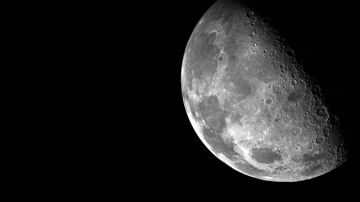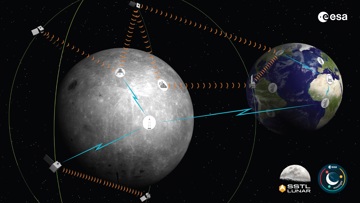KSAT is constantly developing innovative solutions to serve customer missions, from expanded LEO communications capacity to global lunar mission coverage. We are proud to now being selected by NASA in this campaign.
The studies will involve direct-to-Earth and lunar space relay communications and navigation services that would enhance telemetry, tracking, and commanding services for orbital and sub-orbital missions at the Moon through relay of critical data between spacecraft and ground stations.
Read the press release from NASA
All missions need communications and navigation services to send data back to Earth. These capability studies and demonstrations will highlight networking efficiencies and inform future planning for NASA missions, Kathy Lueders, associate administrator for NASA’s Space Operations Mission Directorate says in the press release.
NASA’s Space Communications and Navigation (SCaN) program oversees the agency’s two primary networks: the Deep Space Network and the Near Space Network, the latter of which provides services to missions within 2 million kilometers of Earth through a blend of government and commercial providers.
The studies are intended to inform NASA and its stakeholders on industry’s capabilities and concepts that would enable a commercial space communications and navigation marketplace where NASA is one of many customers.
KSAT and Starlink will help NASA and its stakeholders understand advancements in radio frequency compatibility testing that will lead to Near Space Network efficiencies, address industry best practices, tools, and capabilities related to mission planning and scheduling, understand the barriers, challenges, and solutions associated with integrating optical communications ground terminals into the Near Space Network, and understand the advancements of software-defined radios and cloud computing assets and their integration into the Near Space Network architecture.



